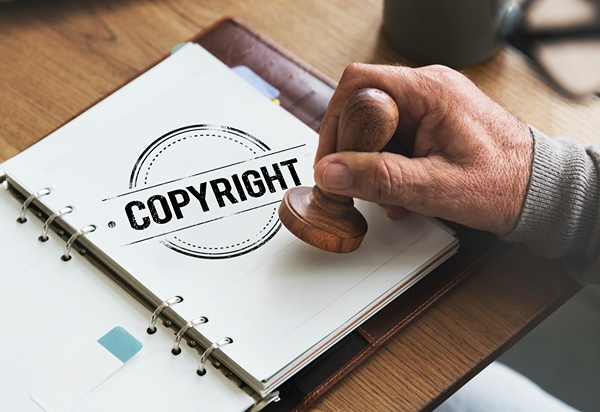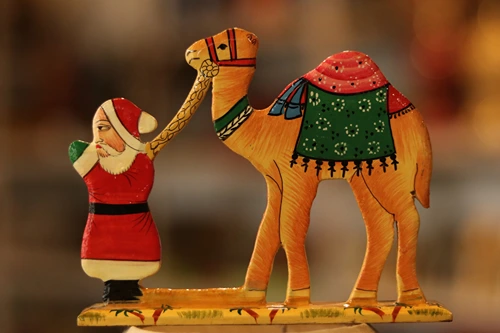Copyright vs. Creative Commons: Rights and Flexibility for Creators
Creators face the dual challenge of protecting their work and sharing it with a wider audience. Copyright and Creative Commons are two distinct but complementary systems. They help artists, photographers, writers, and other creators manage how their work is used and distributed.
Understanding the differences between the two can empower creators to protect their rights while still gaining the visibility they desire.
What is Copyright?
Copyright is a legal tool that grants creators exclusive rights to their original works. This means that when someone produces a creative work, like a photograph, book, or piece of music, they automatically own the copyright to it. This gives them control over how that work is used.
Copyright protects the creator’s work from unauthorized reproduction, distribution, and adaptation. It is the very foundation that supports creators’ ownership of their intellectual property.
For example, if a photographer captures an image, copyright law ensures that no one else can legally use, reproduce, or profit from that image without permission. The creator can also license their work, allowing others to use it under specific conditions, typically for a fee.
This protection gives creators a strong grip on their work, making it easier to earn a living by monetizing their creations. However, copyright comes with a challenge—strict control can limit how widely a work is shared and enjoyed.
The Role of Creative Commons
Creative Commons offers a more flexible alternative for creators who want to allow others to share, use, or adapt their work under certain conditions, without giving up all of their rights. It’s a set of licenses that creators can attach to their work to specify how it can be used.
By choosing a Creative Commons license, a creator still retains copyright but allows others to share their work more freely. But this can only happen as long as the rules of the license are followed.
There are several types of Creative Commons licenses. These licenses range from the most restrictive (which only allows others to share the work as long as they credit the creator and don’t alter or profit from it), to more open licenses that allow commercial use and modifications. These licenses make it easier for creators to build an audience, especially in digital spaces where sharing is necessary for visibility.
For example, a photographer might use a Creative Commons license to allow non-commercial use of their images, as long as they are credited. This can include websites, blogs, or individuals.
The license will state that work can be shared, such as photos, as long as they don’t make money from them. Plus, the user must acknowledge the creator’s work. Meanwhile, the photographer can reserve copyright for other images, keeping stricter control where it matters most, like in commercial contexts.
Balancing Control and Exposure

Image by rawpixel.com on Freepik
To recap, Copyright and Creative Commons are both powerful tools. However, they serve different purposes.
Copyright gives creators full control over their work, making it ideal for those who want to safeguard their ability to earn money from their creations.
Creative Commons allows creators to strike a balance between control and exposure, which enables their work to be shared more easily while still retaining some rights.
For many creators, the decision isn’t about choosing one system over the other but finding the right mix.
Some works may benefit from strict copyright protection, especially those intended for commercial purposes. Others may benefit from the visibility that comes with a more open Creative Commons license, particularly in cases where sharing can lead to greater recognition or further opportunities.
Global Considerations
While copyright laws vary by country, Creative Commons offers a consistent framework that operates globally, making it easier for creators and users to navigate across borders. It’s important for creators and users to understand the specific rules of each license and the legal requirements of the country they’re operating in.
By understanding how to use both systems, creators can find the right balance between protection and exposure, ensuring their work reaches the right audience while safeguarding their rights.




